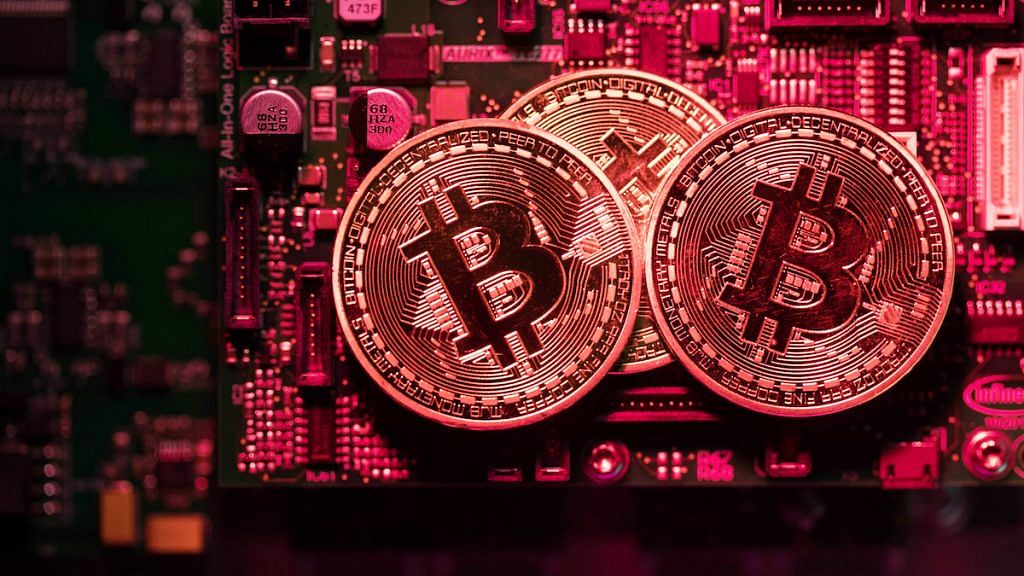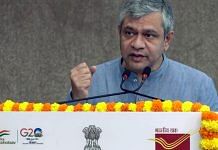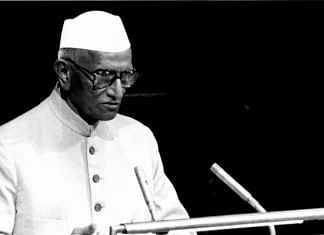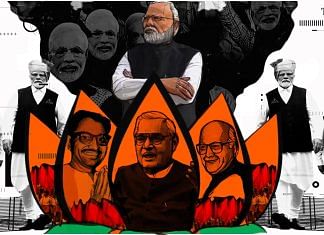Thank you dear subscribers, we are overwhelmed with your response.
Your Turn is a unique section from ThePrint featuring points of view from its subscribers. If you are a subscriber, have a point of view, please send it to us. If not, do subscribe here: https://theprint.in/subscribe/
“No power can stop an idea whose time has come” – Victor Hugo
In a world where more people possess cell phones than bank accounts, digital currency is definitely one such idea.
Money is considered to be one of the greatest inventions by mankind, right beside fire and wheel. The fact that some pieces of printed paper can be exchanged for something of deep intrinsic value like land, food or fibre is mind boggling. While money has been around since the beginning of civilisation, it is interesting to study where it is headed in the 21st century.
The modern financial system is based on the existence of a central authority known as the central bank. Almost every country has one, like the Reserve Bank of India, Federal Bank in the US, etc. Further, there is a Bank of International Settlements (BIS), which serves as the central bank of all central banks. The task of these central authorities is to determine everything that goes around in the world of money. It is a highly centralised system that decides who has the access to money and at what cost. The ever-widening income inequalities, the hypocrisies of rich nations in honouring trade deals and more are marked indicators of how this system has failed most of us. Hence, the need to establish an alternate system, preferably de-centralised, could not be clearer.
Digital currency is one step towards establishing such a new-age, de-centralised financial system. It is an umbrella term that includes not only private crypto currencies like Bitcoin but also Central Bank Digital Currency (CBDC). A CBDC is basically a fiat currency issued by a central bank but only in digital form. Understand it like the rupee printed by the Reserve Bank of India, but instead of printing notes, the RBI simply creates a digital token. Central banks want to enter this domain of digital currencies because it is their only hope of maintaining control over the global money supply.
According to a research paper by BIS, 86 per cent of central banks in the world have shown interest in CBDC. A few like the Central Bank of Republic of China have already issued their CBDC in form of e-Chinese Yuan (e-CNY). The highest selling point of CBDCs is that they promote financial inclusion. But at the same time, they have the capacity to encroach upon privacy. The Indian government had planned to table “Cryptocurrency and Regulation of Official Digital Currency Bill 2021” in the monsoon session, but a tempestuous parliament session made it impossible. With this bill, the government had sought to by-pass a 2018 judgment of the Supreme Court. In this judgment, the apex court had overruled the decision of the RBI to ban any kind of trading in private crypto currencies in India. The bill sought to declare all private crypto currencies illegal in India. It proposed bringing out a CBDC called e-Rupee. This would have promoted financial inclusion, prevented tax evasion, disrupted the flow of black money and made data about money market more realistic. In a country with a big shadow (cash only) economy the last point is of the highest significance. Because monetary policies are only as effective as the data they are based on. Thus, CBDC is a welcome step in India. But there is an alternate side too.
If all the private crypto currencies are banned in India, it would simply push them underground, into the domain of illegal trading and dark web. That would not only increase cyber-crimes in India but also make India lag in this currency of the future. Second, if the government brings out a CBDC, how would we teach it to the Indians living in Tier 2 and Tier 3 cities, especially to those outside the youth demography. Third, what will be the quantum of CBDCs issued. Today physical rupee notes are printed keeping the money supply and inflation in mind. What parameters would be kept in mind while ‘minting’ this digital currency? How would the monetary policy be decided with two types of fiat currency in circulation? Fourth, how would we keep people’s life savings in form of CBDCs safe from ransomware attacks? Are we, as a society, technologically equipped and educated enough to handle the flood gates of cyber-attacks that would open?
Global financial system today stands at the same crossroads as it did after World War II. India was too insignificant during the 1945 Brettonwoods conference, but the tables have turned now. With dollar hegemony on the decline and Chinese intentions questioned all around, the timing could not have been better for India to mark its presence. But are we smart, willing and prepared enough to act? That is the question.
These pieces are being published as they have been received – they have not been edited/fact-checked by ThePrint.
Also read: SubscriberWrites: Taliban takeover of Afghanistan has put India in its most vulnerable position yet












COMMENTS